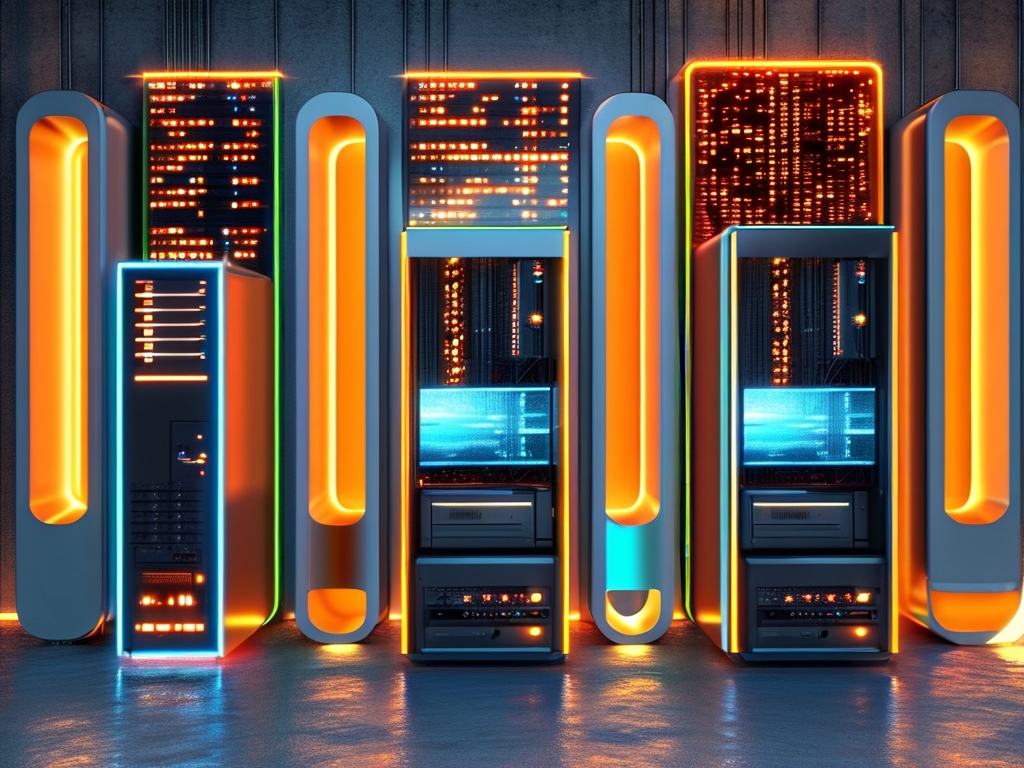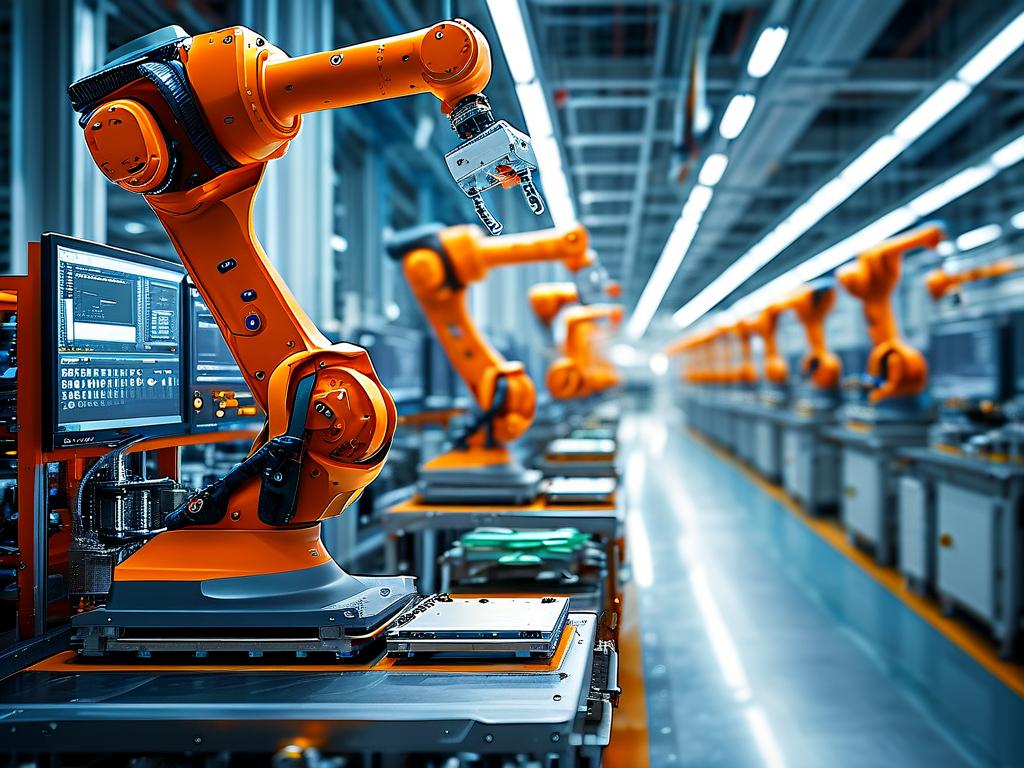The year 2025 marks a pivotal era for embedded development, a field that continues to redefine how humans interact with technology. As industries increasingly rely on smart devices, automotive systems, industrial automation, and IoT ecosystems, embedded systems are evolving at an unprecedented pace. This article explores the emerging trends, groundbreaking technologies, and transformative shifts shaping embedded development in 2025.

1. The Rise of AI-Integrated Embedded Systems
Artificial Intelligence (AI) is no longer confined to cloud servers. By 2025, embedded systems will leverage on-device AI to deliver real-time decision-making capabilities. TinyML, a subset of machine learning optimized for microcontrollers, enables devices like wearables and sensors to process data locally without relying on cloud connectivity. For instance, smart medical devices can now analyze patient vitals instantaneously, reducing latency and enhancing privacy. Companies like Arduino and Raspberry Pi are already releasing development kits with AI-accelerated chips, democratizing access to edge AI.
2. Edge Computing and 5G Synergy
The fusion of edge computing and 5G networks is revolutionizing embedded architectures. In 2025, ultra-low-latency 5G connectivity allows embedded devices to offload compute-intensive tasks to nearby edge servers while maintaining real-time responsiveness. Autonomous vehicles exemplify this trend: embedded systems in cars process sensor data locally but collaborate with edge nodes for route optimization and traffic prediction. This hybrid approach minimizes bandwidth usage and ensures mission-critical reliability.
3. Sustainability-Driven Design
With global emphasis on sustainability, embedded developers are prioritizing energy efficiency. Low-power System-on-Chip (SoC) designs, such as ARM’s Cortex-M55 with Ethos-U55 microNPUs, dominate the market. Solar-powered IoT sensors and energy-harvesting devices are becoming mainstream in agriculture and smart cities. Moreover, modular embedded systems allow hardware upgrades without full replacements, reducing e-waste. The EU’s Circular Economy Action Plan is pushing manufacturers to adopt these practices, making sustainability a core design criterion.
4. Security as a Non-Negotiable Feature
Cybersecurity threats are escalating as embedded systems permeate critical infrastructure. In 2025, hardware-based security mechanisms like Trusted Platform Modules (TPMs) and secure bootloaders are standardized. Post-quantum cryptography is being integrated into IoT devices to counter future quantum computing threats. Regulatory frameworks, such as the U.S. Cyber Trust Mark, mandate compliance with stringent security protocols, forcing developers to embed security at the silicon level.
5. The Emergence of RISC-V Architectures
Proprietary processor architectures are losing ground to open-source RISC-V designs. By 2025, RISC-V’s modularity and customization capabilities make it the go-to choice for embedded systems. Startups and tech giants alike are adopting RISC-V to reduce licensing costs and tailor hardware for specific applications. For example, SiFive’s RISC-V cores now power industrial robots optimized for precision tasks, while Western Digital uses them in energy-efficient storage controllers.
6. DevOps for Embedded Systems
The DevOps revolution has reached embedded development. Continuous Integration/Continuous Deployment (CI/CD) pipelines are being adapted for firmware updates and hardware testing. Tools like PlatformIO and Jenkins automate code validation across diverse microcontroller platforms, slashing time-to-market. Over-the-Air (OTA) updates, popularized by Tesla’s vehicle software, enable seamless bug fixes and feature rollouts for millions of devices simultaneously.
7. The Role of Open-Source Ecosystems
Open-source communities are accelerating innovation in embedded development. Projects like Zephyr RTOS and FreeRTOS provide scalable, vendor-neutral operating systems for IoT devices. GitHub hosts countless libraries for sensor integration and communication protocols, fostering collaboration. Even semiconductor companies like STMicroelectronics and NXP are releasing open hardware reference designs, empowering startups to prototype rapidly.
8. Challenges Ahead
Despite progress, obstacles remain. Fragmentation across IoT standards complicates interoperability. The global chip shortage, though easing, still impacts supply chains for specialized components. Additionally, balancing performance with power efficiency requires constant trade-offs. Developers must also address the ethical implications of AI-enabled embedded systems, such as algorithmic bias in facial recognition devices.

By 2025, embedded development will sit at the intersection of AI, connectivity, and sustainability. As devices grow smarter and more interconnected, developers must embrace new tools, prioritize security, and adopt eco-conscious practices. The transformation isn’t just technical—it’s reshaping industries, economies, and daily life. Those who innovate responsibly today will define the embedded landscape of tomorrow.









